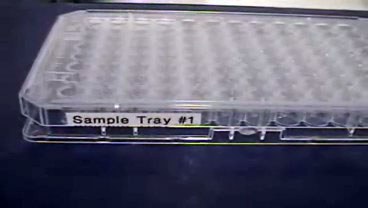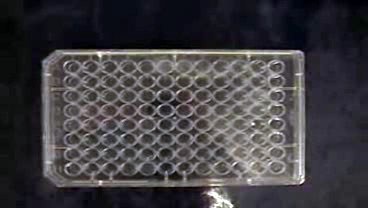TC-EA-IRMS (Thermal Conversion Elemental Analyser - Isotope Ratio Mass Spectrometer)
SerCon high-temperature furnace (1400ºC thermal decomposition elemental analyser) interfaced with a SerCon 20-20 IRMS (SysCon electronics).
- High precision measurements of 18O and/or 15N from a single sample
18O and 15N analysis of solids: prices and practical information
ISOFYS provides 18O and 15N isotope analysis of solid materials such as soil, sediment, plant and animal tissue, etc., using a high-temperature furnace interfaced with an isotope ratio mass spectrometer (IRMS). We analyse 18O and/or 15N from a single sample.
Equipment details
Solid materials are analysed using a SerCon high-temperature elemental analyser interfaced with a SerCon 20-20 IRMS with SysCon electronics (Sercon, Cheshire, UK). The samples are measured relative to international standards USGS32, USGS34 and USGS35. The final delta unit is expressed relative to international standards VSMOW2 (Vienna Standard Mean Ocean Water) for 18O and AIR for 15N.
Pricing (for research institutes)
All prices are in EURO and exclude VAT
Prices under review
Samples are queued for each analysis according to the order of receipt.
Sample preparation
Small samples that meet the target weight can be capsuled entirely in silver capsules. Getting a representative sample of larger samples usually requires grinding and homogenizing. Soils should be ground with a planetary ball mill for 5 min at 260 rpm. For plant samples, the samples are ground with a centrifugal rotor mill with a sieve of 250 µm. The amount of sample required depends on the amount of nitrogen and/or oxygen in the material. A sample should contain between 70-100µg N and 235-335µg O.
To determine the appropriate sample weights, use the Sample Weight Calculator TC-EA.
Samples should be put in 4x6 mm silver capsules (SerCon, order number: SC1083 pkg 500) or 5x8 mm silver capsules (SerCon, order number: SC1084 pkg 250). The sample calculator will show what capsules to use.
Samples should be sealed as follows
Fill the capsule with sample and pinch the top closed with forceps and fold it over. Then take the top again and fold it once more. Turn the sample and pinch the sides inward.
Look at this small movie on youtube.
Organization
Organize samples into a clean 96-well tray. Please use all wells in a tray.
For small samples, ensure they remain in the wells during shipping by placing an index card (cut to size) or parafilm over the tray before securing the lid. Do not use adhesive tape to cover the open wells. Tape the lid securely closed using tape on all four sides.
Label each tray with a unique name. Include this tray name in the Sample list.
For enriched samples, arrange samples to avoid wide fluctuations in isotope content. Place non-enriched samples ahead of enriched samples within the same tray, or place non-enriched and enriched samples in separate trays.

